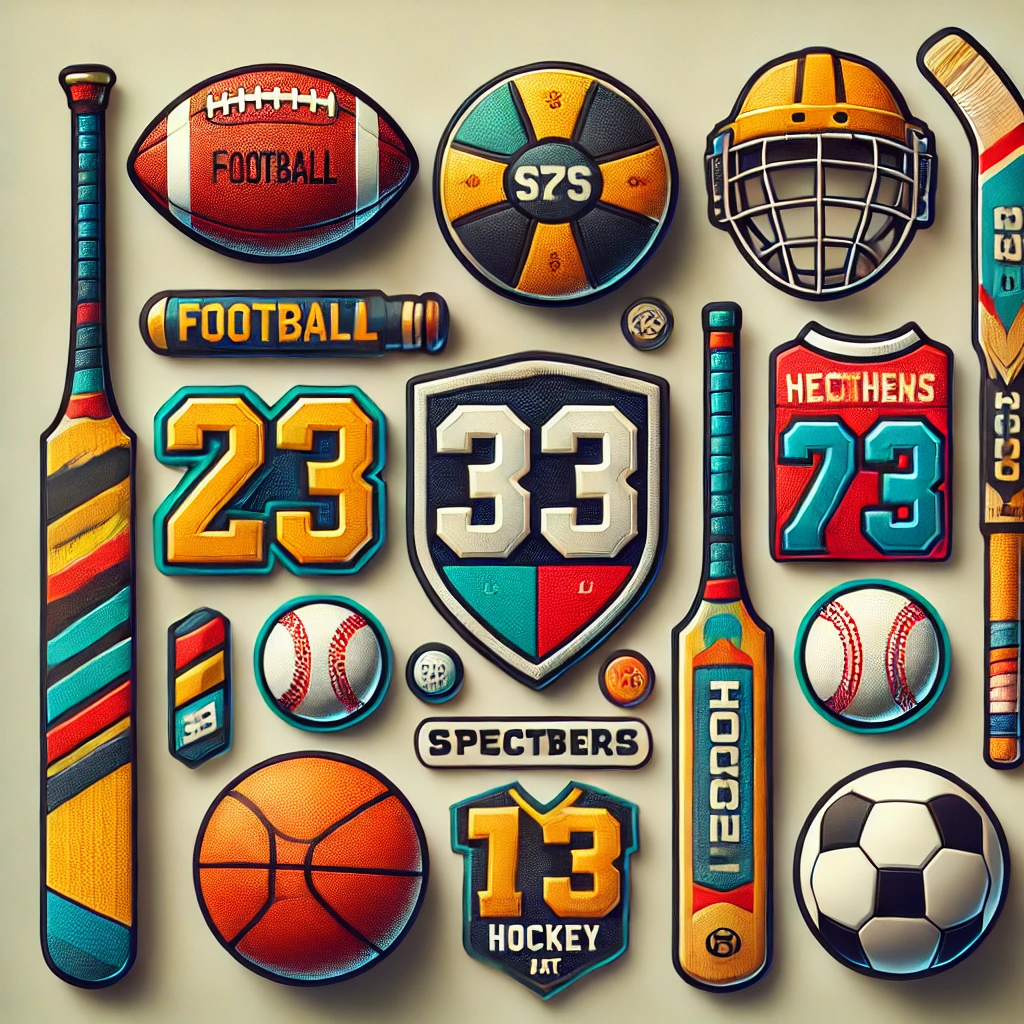When I think of embroidery, my mind often drifts to delicate floral motifs or intricate cross stitch patterns. Historically, the image of a woman meticulously crafting these designs is what comes to mind. This age-old association with femininity has, unfortunately, relegated embroidery to the realm of mere hobbies. However, it’s so much more than that. Embroidery is an art form, a way of weaving stories and secrets in plain sight.
Over the past decade, there’s been a resurgence in the appreciation of embroidery, highlighting its subversive nature. Before the advent of machines, embroidery was a language, a means of understanding our place in the vast tapestry of the world.
Take a journey back to February 16, 1923, when King Tutankhamun’s tomb was discovered. Among the myriad treasures and the mummy of the young king, lay the oldest known embroidered artifact. This relic hails from an era when embroidery was a symbol of power, reserved for the elite. Similarly, in the Americas, long before the rise of its great empires, embroidery was already a celebrated craft, as evidenced by embroidered artifacts found in ancient Peruvian cemeteries.
China, with its rich history of silk production, has always held embroidery in high esteem. The Han dynasty, in particular, played a pivotal role in establishing the Silk Road, facilitating cultural exchanges that birthed unique embroidered designs. As Chinese patterns intermingled with Persian and Arabic art, a universal language of floral motifs and geometric patterns emerged.
In France, the very term “embroidery” is derived from the practice of adorning garment borders with intricate designs. Beyond clothing, embroidery was also a medium to immortalize significant events, like the Battle of Hastings, depicted in the magnificent Bayeux Tapestry.
The Anglo-Saxons crafted exquisite religious artifacts using a blend of gold and silver threads on velvet, known as “Opus Anglicanum.” Such was the allure of these pieces that even the Pope had a collection of 113 of them. Embroidery, especially when crafted with precious metals, became synonymous with power and prestige.
However, embroidery wasn’t just the domain of the elite. It was a symbol of identity. For instance, the Mesoamerican huipil, a garment worn across social classes, bore patterns that narrated tales of colonial impact. Among the masses, embroidery was crafted with whatever materials were at hand. Styles like the Japanese Sashiko, initially a method to mend clothes, became family heirlooms, passed down through generations.
The industrial revolution brought machines that transformed the world of embroidery. The Jacquard loom and the Schiffli embroidery machine automated the process, pushing hand embroidery into the domestic realm. It became a skill expected of the ideal wife, symbolizing virtues like patience and submission. Yet, it also became a canvas for self-expression, allowing women to leave their indelible mark on everyday objects.
Pattern books and samplers became popular, often bearing personal reflections or verses. A poignant example from the 19th century depicts a mother’s farewell to her departed child, with the words, “This place that once knew him, will know him no more.”
The rise of feminism in the 20th century challenged traditional gender roles, urging women to break free from domestic confines. Technological advancements and the advent of synthetic fibers revolutionized fashion. Embroidery, with its rich history, was deemed outdated.
However, in the face of relentless technological progress and mass production, the act of crafting something by hand has taken on a new significance. In this modern era custom embroidered patches allow us to be creators, to produce something authentic and unparalleled. While modern aesthetics have influenced patterns, the techniques remain timeless, connecting us to centuries of history and tradition.


